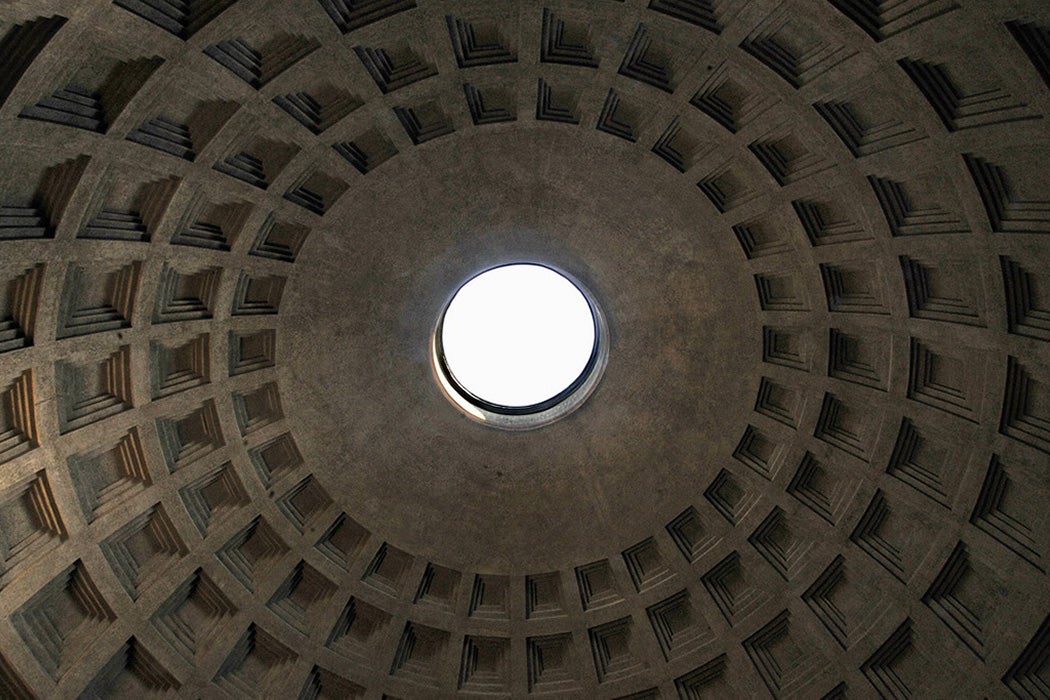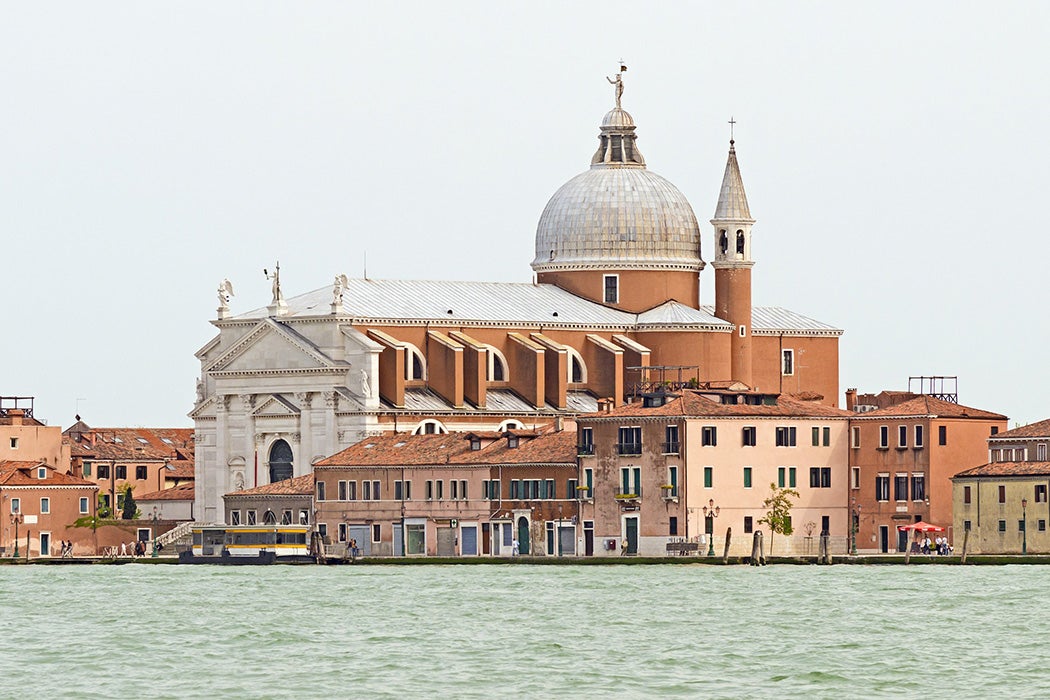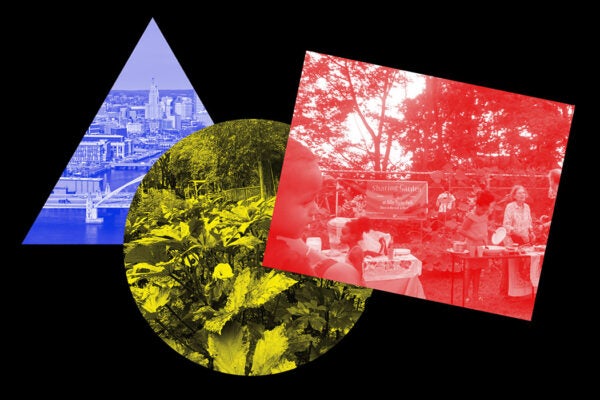Before the fifth century of the Common Era, Romans constructed at least fifty-eight domes over temples, tombs, and public baths. The most famous of these is the nineteen-hundred-year-old Pantheon, which continues to host millions of visitors a year under what is still the world’s largest unreinforced concrete dome.
The early modern and modern periods, starting in the late 1400s, saw even more dome construction in Rome. Art historian Nicola Camerlenghi describes the result, noting that “few cities in the world display as formidable an array of domes and dome-like structures” today.
Yet during the fifth century, Romans stopped building domes. They didn’t start again for nearly a thousand years. Even as dome construction bulged on the Italian peninsula from the eleventh to fifteen centuries, Romans held off on joining the building bandwagon until the late 1400s. Camerlenghi, who also describes the city as “a showcase for this rounded architectural form,” explores why there was a millennial gap in Roman dome construction.
The answer once might have been the “Fall of Rome” and/or the “Dark Ages,” both simplistic terms that don’t do justice to the complex cultural transformations that occurred during the fifth and following centuries. Domes, after all, continued being built elsewhere on the Italian peninsula for centuries into the medieval period.
So why did Romans stop building them even as the practice flourished elsewhere?
More to Explore
Bringing Turkish Style to Europe
Camerlenghi argues we need to take into account “patronage, construction materials, building traditions, differing liturgical uses, and other contingencies in the formation of architectural trends.” He notes that during “the time of the political collapse of the Roman Empire, such local factors were more important than broad, overarching forces.”
Times change, fashion changes. The fourth century saw great innovations and achievements in Roman dome construction, but important uses for domes, like burial practices, were changing. Christianity brought the dead together: instead of stand-alone domed tombs for the elites, well-off Christians wanted to be buried under the same “barn-like” structures as their favorite martyrs.
What seems to be Rome’s last fifth-century dome, Santo Stefano Rotondo, was built fifty years after the last comparable dome, with a method completely different from that used before. Santo Stefano’s central dome was, however, already passé. The new church architecture, made for the “hierarchal performances for clergy and laity” necessitated longitudinal basilicas with “lavish” half-dome apses.
“Structurally, functionally, and symbolically, Roman basilicas were unsuited to domes,” Camerlenghi writes. Unused construction skills that had developed over centuries atrophied as “Romans learned to stop doming and love the basilica.” (St. Peter’s Basilica, as its title declares, is not a cathedral nor the seat of a bishop/Pope, as many think.)
A thousand years is a long time. Camerlenghi writes that we can’t be sure no domes were built in medieval Rome. If any were, however, they must have been “exceptional, quite small, of little consequence, and with no legacy, then or now.”
Romans, steeped in their “rich domical ambience,” obviously appreciated what remained of their classical dome heritage because they “revamped, reused, and redefined them.” The Pantheon, for instance, was converted into a Christian church around 609.
Weekly Newsletter
But Romans didn’t jump on the mania for domes that broke out on the Italian peninsula in the eleventh century, when major dome projects started in Florence, Pisa, and Venice. By 1200, Italy was awash in new domes, “the form crown[ing] buildings ranging from bell towers and baptistries to princely chapels, cathedrals and pieve [parish] churches.” The Romans, however, “were quite content with alternative solutions they had developed in the intervening centuries.”
After having built and rebuilt Rome for centuries, Romans saw little need to change as long as there was no impetus to do so. But then, in 1453, a domed addition was built beside the church of San Teodoro al Palatino. This wasn’t a throwback to antiquity but a nod to contemporary Florence; the architecture is attributed to a Florentine “intimately familiar with Brunelleschi’s work,” including the Duomo, the great dome of the Florence Cathedral. Soon, under Pope Sixtus IV (1471–84), the “will to build domes” in Rome surged. They were the thing again. The dome was back, bambini!








